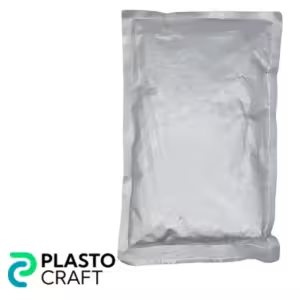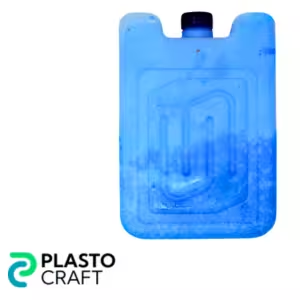Ice packs are essential tools for first aid, food storage, and cooling solutions across various industries. Whether you use them to soothe injuries or keep your lunchbox cool, the magic ingredient that makes these packs effective is the gel inside. But what exactly is the gel in ice packs? This article dives deep into the composition, uses, and safety of the gel in ice packs, offering a comprehensive guide for curious minds.
Understanding Ice Packs: A Quick Overview
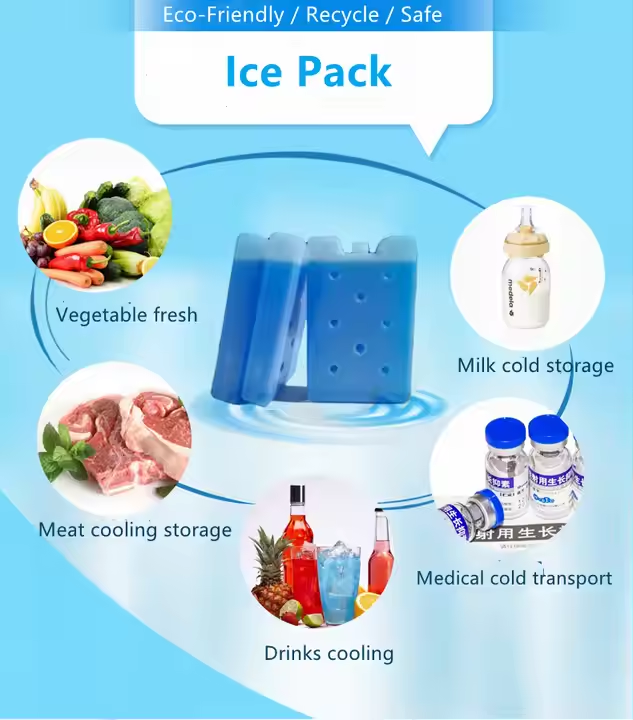
Ice packs are portable containers filled with a cooling agent that helps lower temperatures when applied to an object or surface. These packs are versatile and used in several scenarios, from sports injuries to preserving perishable goods. The key to their functionality lies in the gel inside, which retains cold temperatures far longer than ice.
What Is the Gel Made Of?
The gel in ice packs is a carefully formulated mixture of substances that combine to create a material capable of absorbing and releasing thermal energy effectively. Common ingredients include:
1. Water
Water forms the primary base of the gel. Its natural cooling properties make it an ideal component for retaining and transferring cold temperatures.
2. Propylene Glycol
A common ingredient in many household items, propylene glycol acts as an antifreeze agent, ensuring the gel doesn’t solidify completely in the freezer. This helps maintain its pliable texture, making it easier to mold around items or injuries.
3. Sodium Polyacrylate
This superabsorbent polymer is a key ingredient in many ice pack gels. It absorbs large amounts of water, forming a thick, jelly-like substance that enhances the gel’s cooling properties and prevents leakage.
4. Silica Gel
Some ice packs include silica gel, a substance known for its excellent moisture absorption and cooling retention. Silica gel contributes to the pack’s durability and efficiency.
5. Additives
Certain ice packs contain coloring agents or preservatives to improve the appearance and longevity of the product. These additives, while not essential to the functionality, contribute to the user experience.
And secret formulation
How Does the Gel Work?
The gel inside an ice pack works through a process called heat absorption. When you freeze the pack, the gel stores thermal energy at a low temperature. Once the pack is applied to a surface, the gel gradually absorbs heat from the warmer object, providing a cooling effect. The high thermal mass of the gel ensures the pack stays cold for an extended period, outperforming regular ice.
Different Types of Gel Ice Packs
1. Reusable Gel Ice Packs
These are durable and designed for repeated use. They are ideal for first aid, sports injuries, or everyday cooling needs.
2. Instant Ice Packs
Activated by squeezing or shaking, these packs produce an instant cooling effect without needing refrigeration. The gel inside is often mixed with chemicals like ammonium nitrate or calcium ammonium nitrate to initiate an endothermic reaction.
3. Specialty Ice Packs
Some ice packs are designed for specific purposes, such as shipping temperature-sensitive goods or treating specific medical conditions. These may include additional chemicals or specialized gels for enhanced performance.
Uses of Gel Ice Packs
1. First Aid
Gel ice packs are commonly used to reduce swelling, numb pain, and manage injuries like sprains or bruises. Their pliable nature allows them to contour to the affected area, providing effective relief.
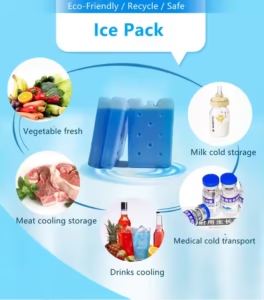
2. Food Storage
From lunchboxes to picnic coolers, gel ice packs help maintain the freshness of perishable items during transport.
3. Medical Applications
Ice packs are widely used in hospitals and clinics for post-surgical recovery and inflammation management.
4. Industrial and Commercial Uses
In industries like shipping and logistics, ice packs ensure that temperature-sensitive products like vaccines, seafood, or dairy remain in pristine condition.
Environmental Impact of Gel Ice Packs
1. Disposal Concerns
Improper disposal of gel ice packs can contribute to environmental pollution. The gel, especially if made with non-biodegradable materials, poses a challenge to waste management systems.
2. Recycling Options
Many manufacturers are now offering recyclable or biodegradable gel ice packs. These options minimize environmental impact and align with sustainable practices.
3. DIY Alternatives
If you’re concerned about waste, consider making your own gel ice packs using simple household ingredients like rubbing alcohol and water.
Choosing the Right Ice Pack
When selecting an ice pack, consider factors like intended use, size, and reusability. For personal injuries, a small, pliable pack works best. For shipping or industrial purposes, opt for larger, durable packs with long-lasting cooling capacity.
-
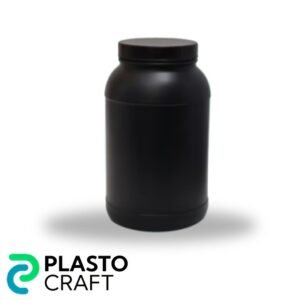
2 Kg HDPE Plastic Container
₨170.00 Add to cart -
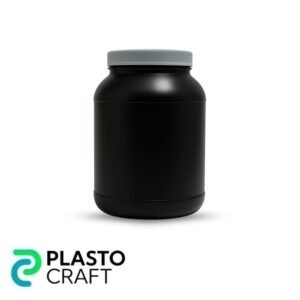
Premium 4kg Plastic Container
₨390.00 Add to cart -

Medicine Transportation: Ice Bag 10×6
₨75.00 Add to cart -

Reusable Ice Pads for Ice Cream Vending Cycles
₨550.00 Add to cart -
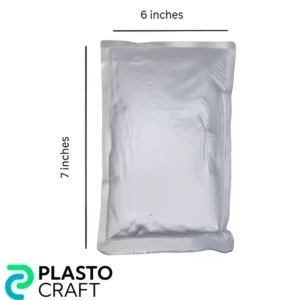
Reusable Ice Gel Packs for Medicine Transportation 6 x 7
₨45.00 Add to cart -
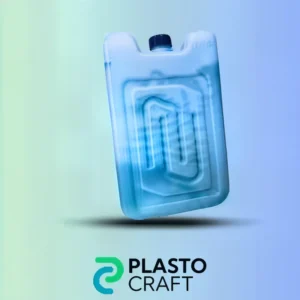
Ice Gel Pack Bottle for Air Coolers
₨120.00 Add to cart -

Reusable Ice gel Pads for Medicinal Transport
₨80.00 Add to cart
Common Myths About Gel Ice Packs
1. Myth: All Ice Packs Are the Same
Fact: Ice packs differ in their gel composition, cooling duration, and intended applications.
2. Myth: The Gel Is Always Toxic
Fact: Most modern gel ice packs are made with non-toxic materials and are safe for everyday use.
3. Myth: Ice Packs Freeze Solid
Fact: The addition of antifreeze agents ensures that gel ice packs remain pliable even when frozen.
Conclusion
The gel in ice packs is a fascinating blend of science and practicality, offering an effective cooling solution for a variety of needs. Whether you’re using them for first aid, food preservation, or industrial purposes, understanding their composition and functionality enhances their utility. Always choose high-quality, non-toxic products and dispose of them responsibly to maximize benefits while minimizing environmental impact. With this knowledge, you can make informed decisions about ice pack usage, ensuring safety and efficiency in every application
